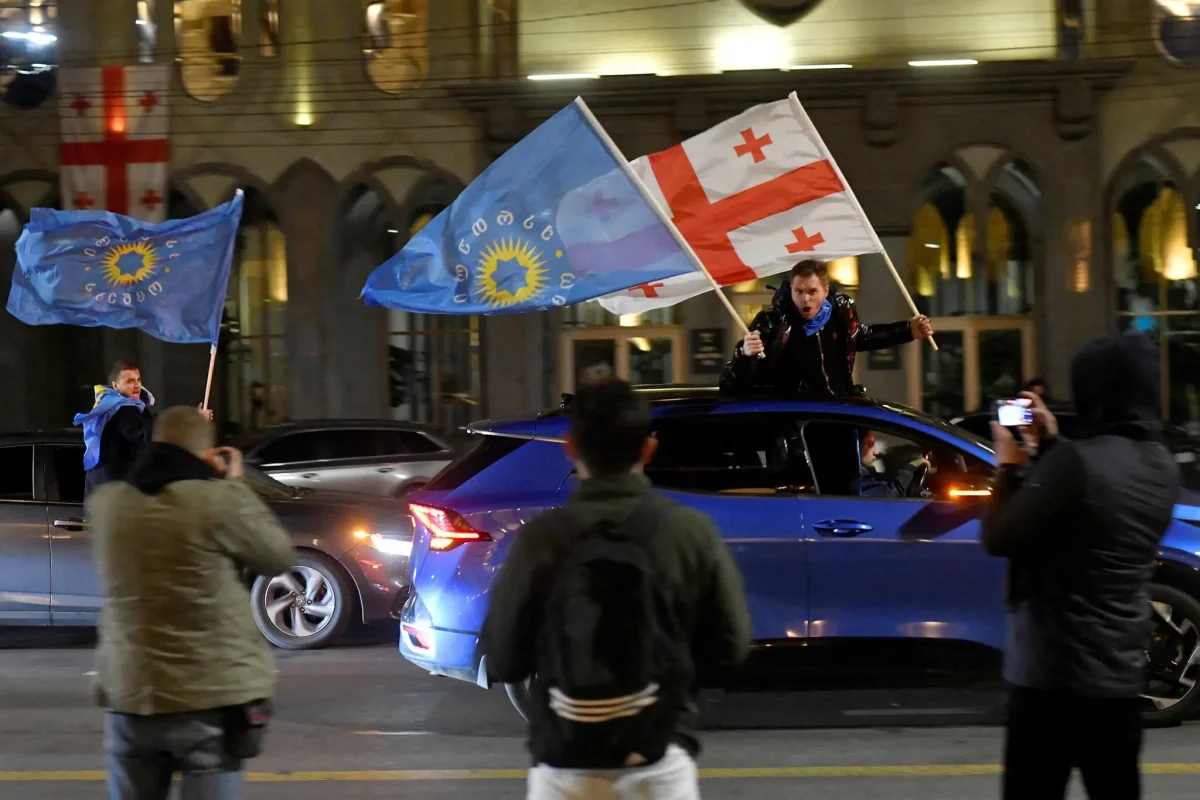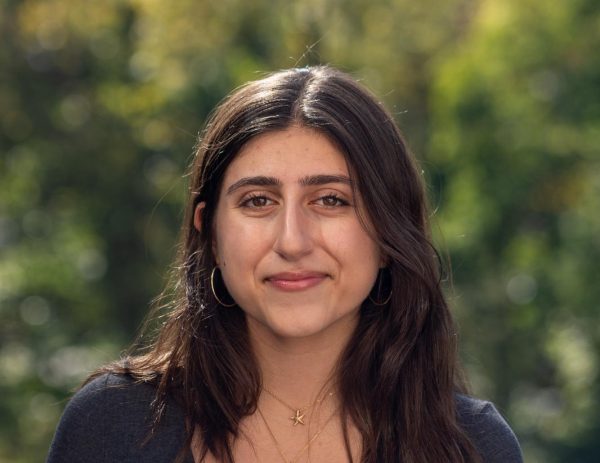A 6.8 magnitude earthquake hit Morocco on Sept. 8, killing over 3,000 people and injuring more than 5,600. The epicenter was located 50 miles from Marrakesh, a populous city in the south of Morocco, and was the strongest earthquake to strike the country in decades.
With this news, many Moroccan students at WIS were impacted by the tragedy that struck their home country.
“I was shocked and extremely worried,” senior Biram N’Diaye said. He first heard about the earthquake from his father, who received a text from his Moroccan extended family group chat.
None of his family members were harmed, as they live far from the epicenter. However, N’Diaye’s cousin felt the earthquake from Meknes, which is about 300 miles away.
N’Diaye talked with various family members, such as his uncle, who lives in the north of Morocco, to try and visualize what happened.
“The earthquake struck right as [my uncle] was parking the car,” N’Diaye said. “So he felt the shaking, but he thought there was somebody in the trunk… it was only when he actually went home and talked to my auntie… [that] he realized what that was.”
Eighth-grader Suleiman Himmo went through a similar experience, as his family also lives in northern Morocco. The situation remained tense, even from afar. “Everybody’s on the TV to see, how many people died? What is happening?” Himmo said.
Many concerns flooded the country after the earthquake hit. The most immediate priority was to save victims stuck under the rubble. The affected rural areas contained homes constructed primarily of fragile mud bricks, many of which had collapsed in the earthquake.
Due to this catastrophe, the United Nations Office for the Coordination of Humanitarian Affairs reported that more than 300,000 people in Marrakesh and its surrounding areas were impacted.
“I feel like everybody in the country probably knows somebody that has been affected by the earthquakes,” N’Diaye said.
When the earthquake initially struck, the Moroccan government was slow to react in sending rescue teams and accepting foreign aid from countries such as Algeria and France, who had offered their help. This led to protests erupting across the country.
Despite the protests, civilians brought food, warm clothing, and medication up the mountains. Although foreign aid was slow to coordinate, volunteers were driven by a sense of purpose and took the first opportunity to help out. Eventually, the government supplied the earthquake victims with resources to combat the aftermath of the natural disaster.
As a step towards rebuilding, architects and government officials have observed houses that have been ruined to plan who would need urgent aid and who would qualify for reconstruction funds in the long term. According to N’Diaye, the victims started receiving money from the government intending to help with home reconstruction depending on how much damage they experienced. Additionally, addressing the aftermath and helping the people manage the damage is the government’s priority according to Mustapha Baitas, a Moroccan government spokesman.
In early October, the government began issuing monthly stipends of 2,500 dirhams, which is equivalent to $244, to affected households. Additionally, 140,000 dirhams (about $38,115) compensation was paid for totally destroyed homes and 80,000 dirhams for partially damaged ones.
Despite all the hardships that Morocco has faced, N’Diaye is hopeful that the country will be able to rebuild through its own resources and aid from other countries.
Similarly, the solidarity between citizens is clear, according to Himmo.
“The earthquake impacted Moroccans in the way that made them scared, but also brought them together,” Himmo said.
By Selena Said and Charlotte Kaye


































































